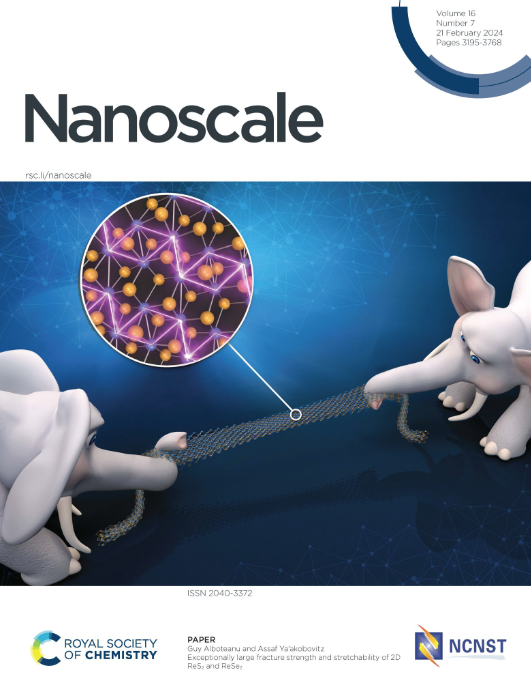Wide-range human physiological signal acquisition with carbonized composite nanofiber
IF 5.8
3区 材料科学
Q1 CHEMISTRY, MULTIDISCIPLINARY
引用次数: 0
Abstract
Flexible pressure sensors provide a powerful platform for information acquisition from surrounding environment and individual body with bendable, stretchable, conformal and biocompatible properties. However, current pressure sensors with high sensitivity often withstand high cost and limited pressure measurement range, which remarkably constrains their adaptability to the diverse physiological activities. Herein, we developed carbonized polyacrylonitrile (PAN) nanofiber (CPN) by combining electrospinning with high-temperature carbonization. The synthesized CPN features low production costs, excellent stress transmission properties, controllable electrical conductivity and morphologies, achieving substantial merits of flexible pressure detection. The dependence of pressure sensing performance on carbonization temperature, mass ratio of composite materials, film thickness, and surface microstructure design were systematically investigated. The CPN/BC based flexible pressure sensors (CFPS) demonstrate an ultra-wide operating range from 0 to 250 kPa, high sensitivity (19.20 [kPa]-1), and rapid response and recovery times (62/32 ms). The as-fabricated CFPS can effectively monitor physiological signals across various pressure ranges, realizing a variety of practical application like intelligent healthcare, human-computer interaction, and the Internet of Things (IoT).碳化复合纳米纤维的大范围人体生理信号采集
柔性压力传感器具有可弯曲、可拉伸、保形和生物相容性等特性,为从周围环境和个体身体获取信息提供了强大的平台。然而,现有的高灵敏度压力传感器往往成本高,测量范围有限,这极大地限制了它们对多种生理活动的适应能力。本文采用静电纺丝和高温碳化相结合的方法制备了碳化聚丙烯腈纳米纤维(CPN)。合成的CPN具有生产成本低、应力传递性能优异、电导率和形貌可控等特点,实现了柔性压力检测的诸多优点。系统研究了碳化温度、复合材料质量比、薄膜厚度和表面微观结构设计对压敏性能的影响。基于CPN/BC的柔性压力传感器(CFPS)具有0 ~ 250 kPa的超宽工作范围,高灵敏度(19.20 [kPa]-1),快速响应和恢复时间(62/32 ms)。制备的CFPS可有效监测各种压力范围内的生理信号,实现智能医疗、人机交互、物联网等多种实际应用。
本文章由计算机程序翻译,如有差异,请以英文原文为准。
求助全文
约1分钟内获得全文
求助全文
来源期刊

Nanoscale
CHEMISTRY, MULTIDISCIPLINARY-NANOSCIENCE & NANOTECHNOLOGY
CiteScore
12.10
自引率
3.00%
发文量
1628
审稿时长
1.6 months
期刊介绍:
Nanoscale is a high-impact international journal, publishing high-quality research across nanoscience and nanotechnology. Nanoscale publishes a full mix of research articles on experimental and theoretical work, including reviews, communications, and full papers.Highly interdisciplinary, this journal appeals to scientists, researchers and professionals interested in nanoscience and nanotechnology, quantum materials and quantum technology, including the areas of physics, chemistry, biology, medicine, materials, energy/environment, information technology, detection science, healthcare and drug discovery, and electronics.
 求助内容:
求助内容: 应助结果提醒方式:
应助结果提醒方式:


